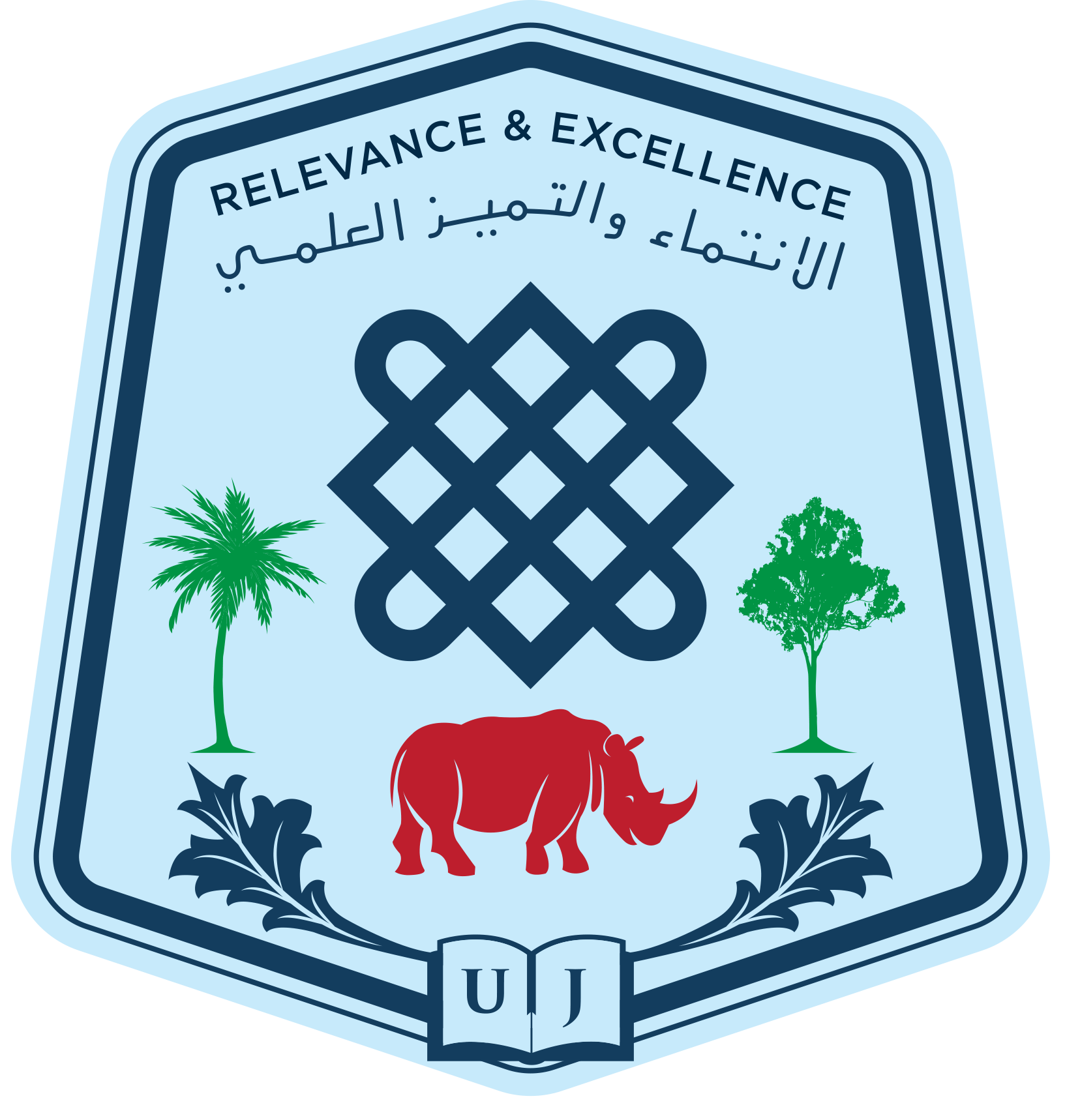Celestino Ladu, J.,L, Lukaw,Y.S., Kenyi, D.D. And Lu, Xiwu
Abstract:
Effects of seasons and biotic factors on zooplankton abundance were investigated in Jebel Aulia reservoir from January 2003 to December 2003. Selected physical-chemical variables (water temperature, rainfall, sechi depth, water discharge, pH, dissolved oxygen, nitrate and phosphate) were measured at the time of zooplankton collection in dry and wet seasons respectively. Association of physicochemical variables with the zooplankton in the two seasons was statistically analyzed by Stepwise Linear Regression Test and all descriptive statistics done using SPSS version 9.5 for windows. Graphs were drawn using Microsoft Excel 2007. The correlation between the Crustaceans and Rotifers was deduced from a regression plot graph. Only water pH (both seasons), nitrate and dissolved oxygen
concentrations were positively correlated with the zooplankton abundances in the dry season (R>0.50, P<0.05 and P<0.01). Crustacean abundance was positively correlated with the Rotifers (R = 0.820). The mean zooplankton abundance was high (75.33±29.75 cells L-1) in the wet season and low (40.67±14.58cells L-1) in the dry season. Crustacean made up 86.47% and 84.07%; Rotifers 13.52% and 15.93 of the zooplankton community composition in the dry and wet seasons respectively. Zooplankton community dominated by the Crustacean Cyclops which accounted for 38.93% and 33.85% in the dry and wet seasons respectively. The study confirmed that the abundance of the zooplankton in the study area was controlled by the physicochemical variables which varied greatly with seasons; highest zooplankton productivity occurred in the wet season.
Keywords: Zooplankton; physicochemical variables; Crustaceans; Rotifers; biotic factors
Download the PDF Effects of seasons and biotic factors on Zooplankton abundance in Jebel Aulia Reservoir, Sudan.
